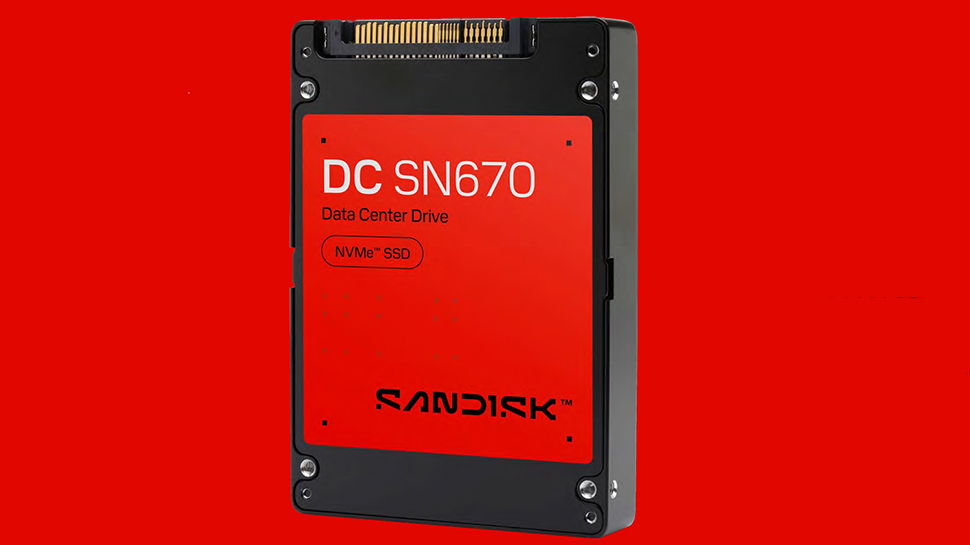
- SanDisk plans 256TB and 512TB SSDs using new Stargate controller
- Stargate will debut in enterprise drives launching in late 2025
- Company revenue down after WD split but roadmap remains highly ambitious
SanDisk, now operating independently as an SSD and NAND flash manufacturer following its split from Western Digital last year, has teased a new SSD controller called “Stargate,” designed to support extremely high-capacity enterprise drives.
Stargate, which confusingly shares its name with OpenAI’s Stargate project but obviously has nothing whatsoever to do with it, is part of SanDisk’s “Ultra QLC” platform, which aims to scale SSD capacities in the coming years.
During its earnings call, SanDisk CEO David Goeckeler said: “We have a new architecture coming out in the next couple of quarters that we call Stargate, new ASIC, clean sheet design, and then with BiCS 8 QLC… we just think that’s going to be a dynamite project.”
1PB SSD incoming
Goeckeler didn’t share further technical details, but Stargate is expected to debut in enterprise drives such as the DC SN670 series.
That line is scheduled for release in the third quarter of 2025 with 64TB and 128TB capacities, BiCS8 QLC (2Tbit/256GB per die), and PCIe 5.0 support.
Future versions may include PCIe 6.0 as capacity targets rise. SanDisk’s roadmap shows 256TB for 2026, followed by 512TB in 2027, with a 1PB target further out. Stargate is likely to play a central role in enabling those jumps.
The third quarter of SanDisk’s 2025 fiscal year was also its first as a standalone company. It reported $1.695 billion in revenue, a 10 percent decline from the prior quarter, and a $1.881 billion net loss, largely due to a $1.83 billion goodwill impairment.
SanDisk’s strongest segment was client SSDs, bringing in $927 million, followed by $571 million from consumer products and $197 million from the cloud division.
Source: ComputerBase.de

You might also like
- These are the fastest SSDs you can buy right now
- And these are the largest HDDs and SSDs on the market at the moment
- Sandisk takes over SSD, memory cards and USB drives from Western Digital







